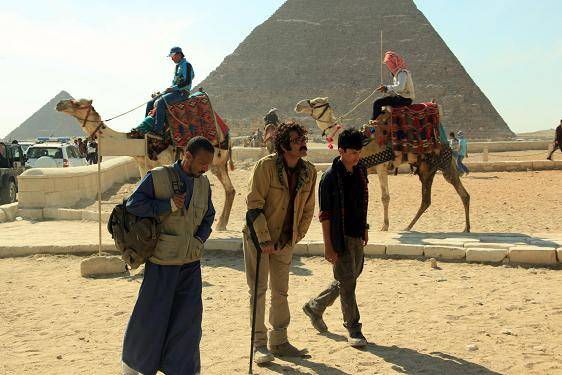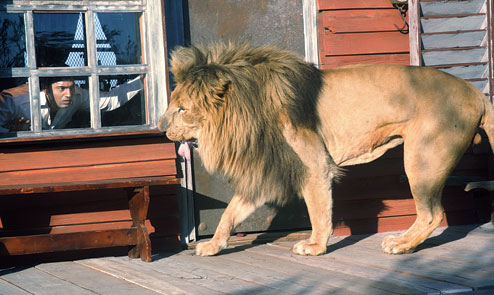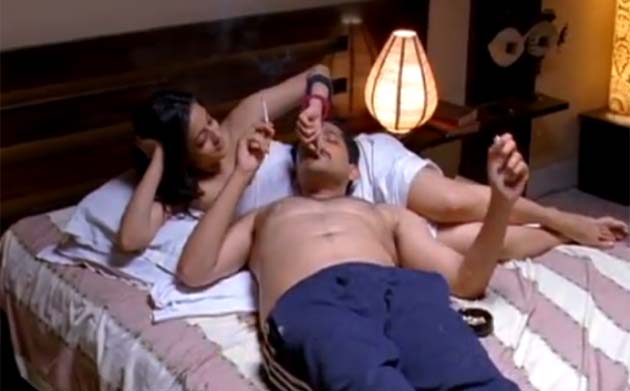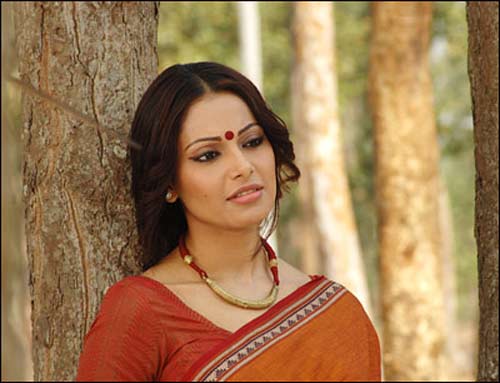Soumik Haldar
You can update or correct this page, send photographs and/ or |
Contents |
The authors of this page are
1) SUDESHNA ROY IN CONVERSATION WITH DIRECTOR OF PHOTOGRAPHY SOUMIK HALDAR
2) What makes Chander Pahar's DoP a bad husband and a horrible father?
Ruman Ganguly,TNN | Jan 18, 2014 The Times of India
3) Imdb
Who is Soumik Haldar?
By 2014 Soumik Haldar was the busiest director of photography in India's Bengali film industry. Directors were ready to postpone their shoots to take him on board. This enabled him to raise his fee.
Early interest in photography
He started working towards a film career way back in 1995-96 when he was still in college. He loved watching films when he was young and wanted to be a part of the film industry. He did his B.Sc in Pass course so that he could wrap up his studies fast and move towards a film career. In 1995-96, Amit Sen and Anik Dutta, the ad filmmakers, let him work with them. He was not in the camera section then; he helped out in the direction and production departments. But photography fascinated him. Amitda told him to do still photography, because what you see through the lens is important. Haldar followed his advice. This helped him develop his sense of framing.
What inspired him to venture into this field? The films Parinda and Raakh. He fell in love with films while still in school. He followed film news and got to know about FTII through interviews given by Mithun Chakraborty and Shatrughan Sinha. Then Amitda helped him decide. It was a Zenith camera that taught him how to look at things differently. And black-and-white photography helped him understand the tonal separation. In 1995-96, he spent a month watching films at Max Mueller Bhavan. They celebrated 100 years of cinema screening films from the silent era to the present. At FTII, he came in touch with photographer Hari Nair. He took him on as an assistant while shooting Shool; that was when he felt drawn to the mainstream genre.
Learning cinematography
He got into cinematography the usual way. He sat for the FTII Pune entrance examination and got admitted in 1997. There, he realised what a great feat it was. Everyone kept telling him that it was a great opportunity. So much so that his mother, who was not quite aware of this profession and therefore sceptical about it, was also impressed.
After graduating from FTII he came back to Calcutta and assisted (cinematographer) Avik Mukhopadhyay. He was his chief assistant for the film Patalghar. He learnt so much from the film.... In 2001 he started getting some independent work. He did a couple of telefilms, and then came the big break. Chinku, that is Indranil Ghosh the art director, who had become a friend during Patalghar, took him to Bratya Basu. He was making his first film Raasta and he took him on as his director of photography. But his really big time came after he got married in 2007.
Marriage
He married Sudipa in 2007. Sob Charitro Kalponik happened that year. Therefore, he considers his wife his lucky charmMarriage ushered Lakshmi in and Saraswati too. he started getting one film after another. he did Lovesongs with Jayabrato Chatterjee, Lal Paharir Katha with choreographer-turned-director Remo, and was noticed by both Prosenjit and Rituparno Ghosh. And the rest is history. he also shot Ami Adu, the National Award-winning film by Somnath Gupta.
Success
The success of Chander Pahar's (Mountains Of The Moon) (2013), a wildlife and adventure tale set in Uganda, is attributed to his brilliant cinematography. Mishawr Rawhoshyo and Meghe Dhaka Tara (2013) are his other major triumphs.
Haldar assisted the eminent photographer Avik Mukhopadhyay in Patalghar
Mixed light is Haldar's personal favourite, as it creates an illusion of a surreal, mysterious world. It also gives a different kind of tonal texture in a composition. He used mixed light in Obhishopto Nighty (2013).
Haldar regards Prosenjit Chatterjee as his mentor. He says that it is because of Chatterjee that he is where he is. Chatterjee was the one who introduced Haldar to Rituparno Ghosh and Haldar worked as a DoP for Sob Charitro Kalponik, which gave him recognition. Directors Amit Sen and Anik Dutta, too, helped in my career.
Haldar feels that the three most difficult films of his career 'in terms of cinematography were Meghe Dhaka Tara, Baishe Srabon and Sob Charitro Kalponik... In terms of execution, Chander Pahar was a tough film to shoot.'
Filmography
2008 Bor Asbe Ekhuni
2008 Lovesongs: Yesterday, Today & Tomorrow (director of photography)
2008 Tolly Lights (director of photography)
2009 Challenge
2009 Cross Connection
2009 Shob Charitro Kalponik (as Soumik Halder)
2010 Aarekti Premer Golpo
2010 Ami Aadu (as Soumik Halder)
2010 Autograph
2010 Memories in March (shoots)
2010 Thana Theke Aschi (as Shoumik Haldar)
2011 Aashpordha (Short)
2011 Baishe Srabon
2011 Chalo Paltai
2011 Chaplin
2011 Icche (as Soumik Halder)
2011 Mumbai Cutting
2011 Satrangee Parachute (director of photography)
2011 Takhan Teish (as Soumik Halder)
2011/I Kashmakash
2012 Hemlock Society (director of photography - as Soumik Halder)
2013 Abhishapta Nighty
2013 Aborto (director of photography - as Soumik Halder)
2013 Goynar Baksho
2013 Jeevan Smriti (Documentary)
2013 Meghe Dhaka Tara
2013 Mountains Of The Moon
2014 Ek Phali Rodh (post-production)
2014 Jaatishwar



